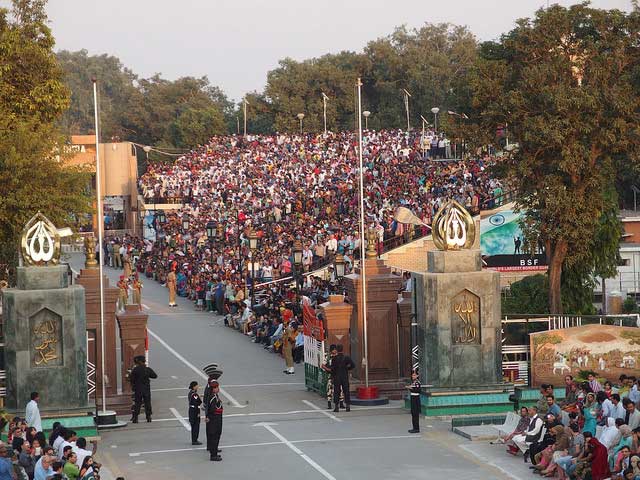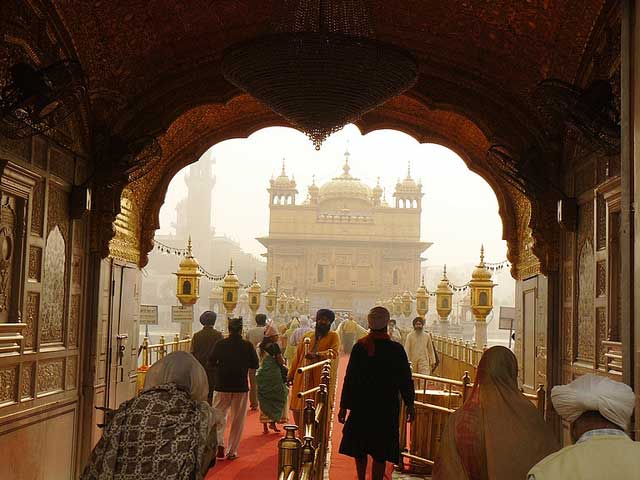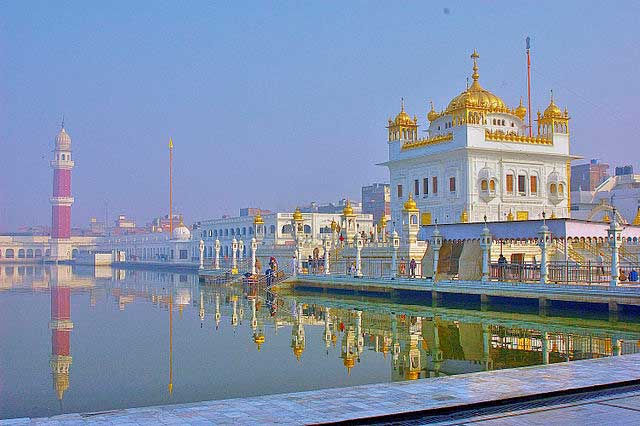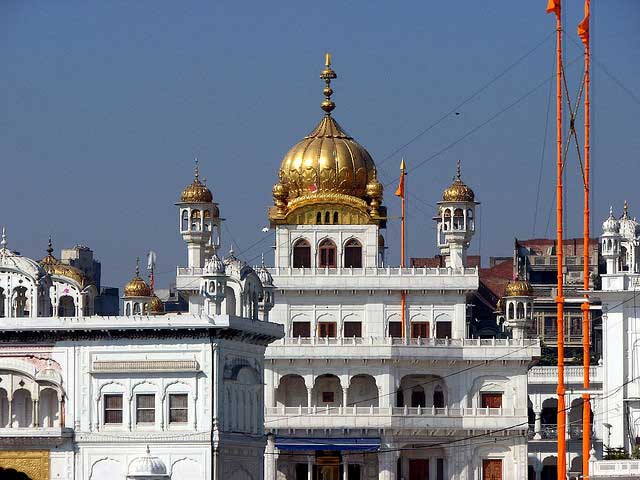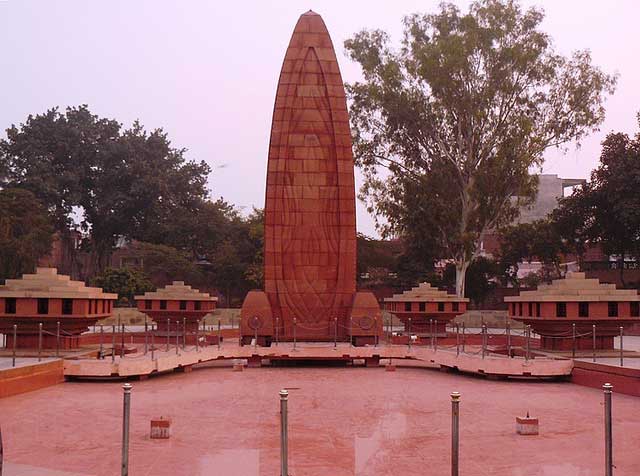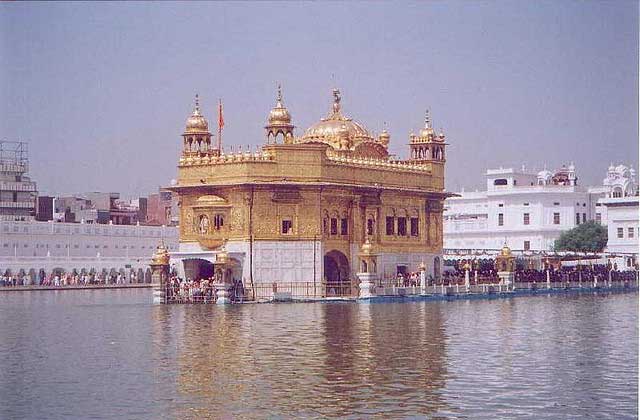The name Wagah refers to a village in Pakistan, through which the controversial Radcliff line which discriminates the border of India from Pakistan was drawn during the partition at the time of Indian independence in 1947. The eastern half of the village remains in India while the western half is in Pakistan. The place lies on the Grand Trunk road and was the only link between the two countries before the opening of the Aman Setu in Kashmir in 1999.
Punjab
Amritsar Heritage Walk, Amritsar
The term refers to a guided tour which covers the town of Amritsar knee deep exploring the majority of parts of the town and a comprehensive look within the city’s 4 century old history. The walk covers a distance of about 3 kilometres; you will get to visit all the Akhara Bungas, Hattis, Havelis and Katras that characterise the majestic town.
Gurudwara Sri Tarn Taran Sahib, Amritsar
Established by the 6th Sikh Guru, Guru Arjan Dev, the site is distinguished by its having the largest sarovar (pond) among all the Gurudwaras in Punjab and is a major pilgrim spot for the Sikhs. It was founded in the year 1590 marked by the digging of the lake, which became the biggest lake in Punjab at that time. The foundation stone of Tarn Taran Sahib was laid by Dhan Dhan Baba Buddha Ji, a famous Sikh saint (1506–1631).
Harike Wetland and Bird Sanctuary
The wetlands, also called ‘Hari-ke-Pattan’ is the largest wetland in northern India, with the Harike Lake situated in its deeper part and is located in the Tarn Sahib District in Punjab. The wetland was formed in 1953 by constructing head works across the Sutlej River. The wetlands are a cross between a river and a lake thus making it a unique location and ecological niche which spreads into three districts namely, Amritsar, Ferozepur and Kapurthala in Punjab and covers an area of 10131.32 acres.
Akal Takht, Amritsar
The Akal Takht (the throne of the almighty/timeless one) is one of the 5 Takhts of the Sikh religion, and is located in the Golden temple complex. The Akal Takht symbolizes the dispensing of Justice and temporal activity of the Sikh religion and is the highest seat of the ‘Khalsa’ (a military and civil authority in Sikh culture) division, and was built by the 6th Guru, Guru Hargobind Ji. The place was established as a symbol of opposition to the tyranny of the 17th and 18th century rulers.
Jallianwala Bagh, Amritsar
The public garden is located within the temple complex of the Golden temple and covers an area of 6.5 acre. The garden’s significance lies in the Jallianwala Bagh memorial located here, which was established in 1951 to commemorate the massacre of the peaceful Sikh celebrators on the occasion of the Punjabi New Year on April 13th, 1919 by the occupying British forces. Sources claim there were around 397 fatalities and about 1100 were wounded, however the true figures were never known and are likely to be way higher than 397.
Golden Temple, Amritsar
Also known as Harmandir Sahib (Temple of God), the Golden temple is one of the prime tourist attractions in Punjab and the most important pilgrim spot for the Sikh community. The temple is said to be the focal point behind the founding and naming of the city of Amritsar. The 4th Guru of the Sikh community excavated a tank and named it ‘Amritsar’ which literally means the ‘pool of the nectar of immortality’ and built the temple on the pool which we know today as the Golden temple.

